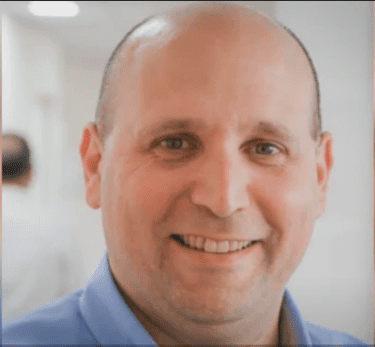An Israel-based company has designed a drip irrigation system for the purpose of growing rice to replace paddies that are flooded. These paddies provide the world with rice. However, they also create a rather surprising level of damage to the environment.
Over half of the world’s population consumes rice and considers it to be a staple food. The problem is that its cultivation demands 30-40% of the earth’s freshwater. According to the U.N.-backed Sustainable Rice Platform, they are also responsible for 10% of manmade emissions of greenhouse gas methane.
But the Israeli Netafim (drips) company, who invented drip irrigation in the 60’s to grow crops such as melons and potatoes in Israel’s heavily arid landscape, have just completed a pilot program using its systems on 2,470 acres of rice paddies in both southern Asia as well as Europe reports Reuters.
An experiment on Italian rice fields
In the La Fagiana farm in northeast Italy, two paddies are situated one next to the other. These fields grow a high grade rice for risotto. One is completely flooded by up to 15 centimeters of water to fend off weeds and maintain temperatures.
The other is intertwined with perforated plastic piping providing the roots with the exact amount of water they need. This amounts to less than half the quantity utilized in the flooded paddy.
“We want to increase the production without increasing water use or lowering quality,” explained Michele Conte, whose family manages La Fagiana for decades and who has implemented Netafim’s drip technology on parts of his land.
Just as good if not better
For three years the drip technology yielded rice just as good and sometimes even better quality than the flooded fields did. He added that the system also lets them rotate crops throughout the year.
Starting over from scratch
Netafim said that they had to go back to the drawing board in order to obtain the same yield as flooding. The company added that it took 10 years to develop a new protocol for watering, planting, and fertilizing rice using drip irrigation.

The conditions for growing go from anaerobic to aerobic. This means that methane emission “goes to zero,” explains company CEO Gaby Miodownik.
A solution for people who care about the environment
Conte added that the schedule for treating the rice still requires some tweaking but noted that it has become a selling point for environmentally-concerned consumers.
The trend from flooding to drip irrigation is anticipated to gain traction in the international rice community. Companies such as India’s Jan Irrigation are developing drip irrigation packages for their country’s rice as well.
Too big of a footprint
Demand for rice is expected to rise 25% by 2050. But rice paddies leave too big a footprint, said Wyn Ellis, executive director at the Sustainable Rice Platform.
Drip irrigation was producing impressive results, doubling water productivity, and “getting more grain for every drop”.
There’s a consensus among many experts that rice growing needs to become more sustainable. Netafim’s drip irrigation could be the solution.
The shortcode is missing a valid Donation Form ID attribute.



